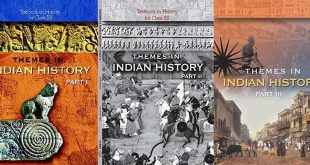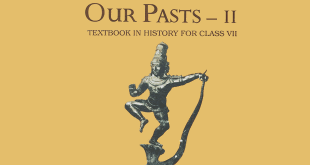Question: Write the properties and significance of steel.
Answer: Steel has these properties: it is tough, it can easily be shaped (malleability), cut or made into wire (ductility). Adding certain other elements makes it harder, tougher, and rust-retention capability.
Steel is the backbone of modern industry. We use a lot of steel objects in daily life. Ships, trains and most other vehicles, tiny needles and safety pins, machinery and equipment, buildings, etc utilize steel as a main or sole constituent.
Question: What factors supported Sakchi being chosen to set up the steel plant by TISCO?
Answer: Sakchi was chosen for various reasons. It was close to the Kalimati Railway Station. It was also close to iron ore, coal and manganese deposits. Kolkata, a source of large market, was not faraway. Jharia coal fields, and limestone, dolomite, limestone and manganese from Orissa and Chhattisgarh were easily accessible. The nearby rivers (Kharkai and Subamarekha) provided sufficient water supply.
Question: Explain the manufacturing and industry with examples.
Answer: Manufacturing: The processing of raw materials into finished products such as cotton into cloth wood pulp into paper is called manufacturing. This is done with the help of machines and technology.
Industry: An economic activity which is associated with the production of goods is called an industry. The extraction of minerals, production of goods or provision of services are also called industries. Like, textiles (manufacturing), mining (entraction of mineral) and tourism (service provider).
Question: What is industrial system? Explain the different aspects of industrial system with examples.
Answer: The functioning of an industry depends on a system, known as the industrial system. This system consists of inputs, processes and output.
Inputs: include raw materials, sources of power, labour, cost of land, machinery, transport and other infrastructure.
Processes: include a variety of activities which convert raw materials into finished products with the application of suitable technology.
Output: is the final finished product and the income earned after its sale.
For Example: In a cotton textile mill, the inputs are raw cotton, the cost of setting up the factory, wages paid to labourers and transportation costs. The main processes involved in manufacturing are ginning, spinning, weaving, dyeing and printing. The output is the cloth or garment you wear.
 Class Notes NCERT Solutions for CBSE Students
Class Notes NCERT Solutions for CBSE Students




